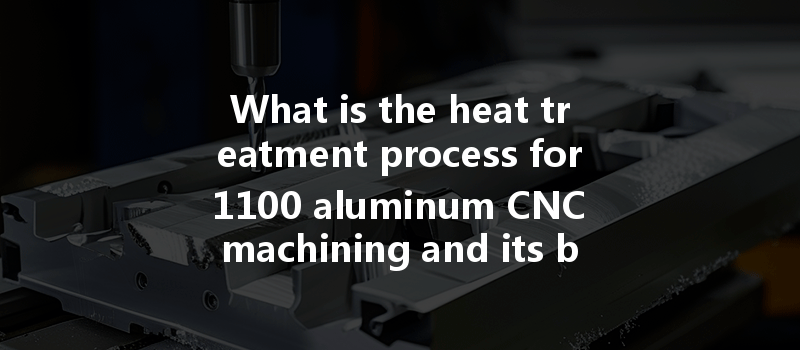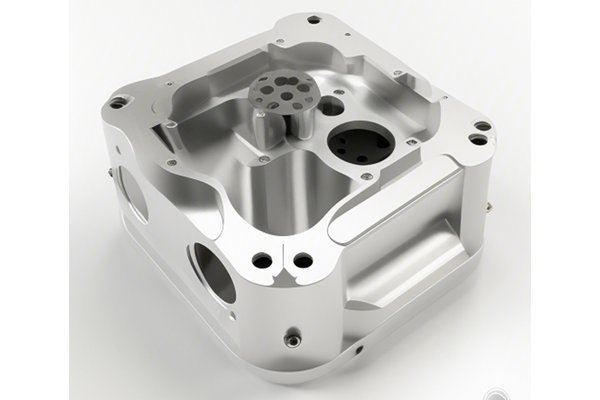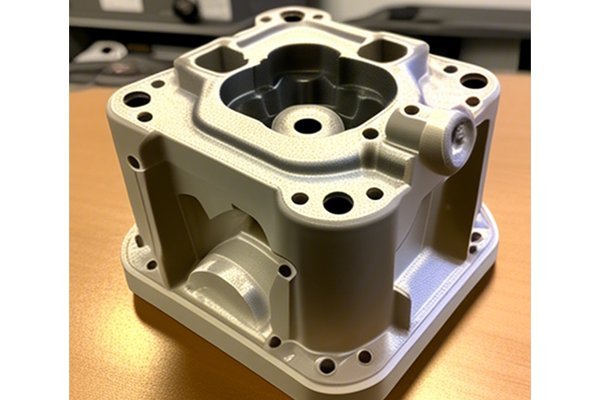Did you know that aluminum alloys are rising stars in the manufacturing world, accounting for approximately 25% of the material used in various industries, from aerospace to automotive? Among these alloys, 1100 aluminum is celebrated for its excellent corrosion resistance and superb workability. However, to truly harness its potential, it’s essential to understand the heat treatment process, particularly when it comes to CNC machining. This blog will delve deep into the heat treatment processes applicable to 1100 aluminum, how they enhance the material’s properties, and guide you through effective CNC machining practices.
What is Heat Treatment?
Heat treatment is a controlled process in which metals are heated to elevate their temperature and then cooled to obtain specific mechanical and physical properties. In the case of aluminum alloys like 1100, heat treatment can significantly improve the material’s strength and hardness, making it ideal for various applications.
1.1 Heat Treatment Methods for Aluminum Alloys
For 1100 aluminum, there are several heat treatment methods to consider:
1.2 The Purpose of Heat Treatment
The primary objectives of heat treatment in aluminum alloys are as follows:
The Heat Treatment Process for 1100 Aluminum
2.1 Step-by-Step Guide to Heat Treatment
Step 1: Preparation
Before starting the heat treatment process, ensure that the workpieces made of 1100 aluminum are clean and free from any contaminants. Any oil or dirt can adversely affect the heat treatment outcome.
Step 2: Solution Heat Treatment
Step 3: Aging
2.2 Key Factors to Consider While Heat Treating 1100 Aluminum
CNC Machining of 1100 Aluminum

After heat treatment has been completed, the CNC machining of 1100 aluminum can take place with precision and effectiveness.
3.1 Machining Considerations
When CNC machining 1100 aluminum, the following aspects must be considered:
3.2 Challenges During CNC Machining
3.3 Tips for Successful CNC Machining of Heat-Treated 1100 Aluminum
Advantages of Heat-Treated 1100 Aluminum in CNC Machining
4.1 Enhanced Properties
Heat-treated 1100 aluminum exhibits superior properties, such as:
4.2 Cost-Effectiveness
By improving the durability and lifespan of the machined parts, heat treatment leads to reduced operational costs over time, offering significant savings for manufacturers.
4.3 Versatile Applications
Due to its balanced attributes, heat-treated 1100 aluminum is utilized in various sectors, including aerospace, automotive, and even electronics.
In conclusion, the heat treatment process for 1100 aluminum significantly enhances the material’s performance in CNC machining applications. By understanding each step—from solution heat treatment to the aging process—manufacturers can effectively improve product outcomes, leading to increased strength, durability, and workability.
As businesses continue to explore advanced manufacturing techniques, recognizing the importance of heat treatments in aluminum alloys will be crucial for optimizing CNC machining processes. By implementing best practices during heat treatment, companies can ensure they leverage the full benefits of 1100 aluminum, positioning themselves favorably in a competitive market.
By taking the time to understand these core technologies, manufacturers and engineers can make informed decisions that will ultimately enhance product quality, reduce costs, and streamline production efficiency. With the continuous evolution of manufacturing technologies, it’s worth pondering how heat treatment processes will develop further to meet emerging industry demands.
Always remember, embracing innovative approaches in material treatment can offer a significant competitive edge in today’s dynamic marketplace. The journey with 1100 aluminum and CNC machining has only just begun, promising exciting opportunities for those willing to engage and explore more.






